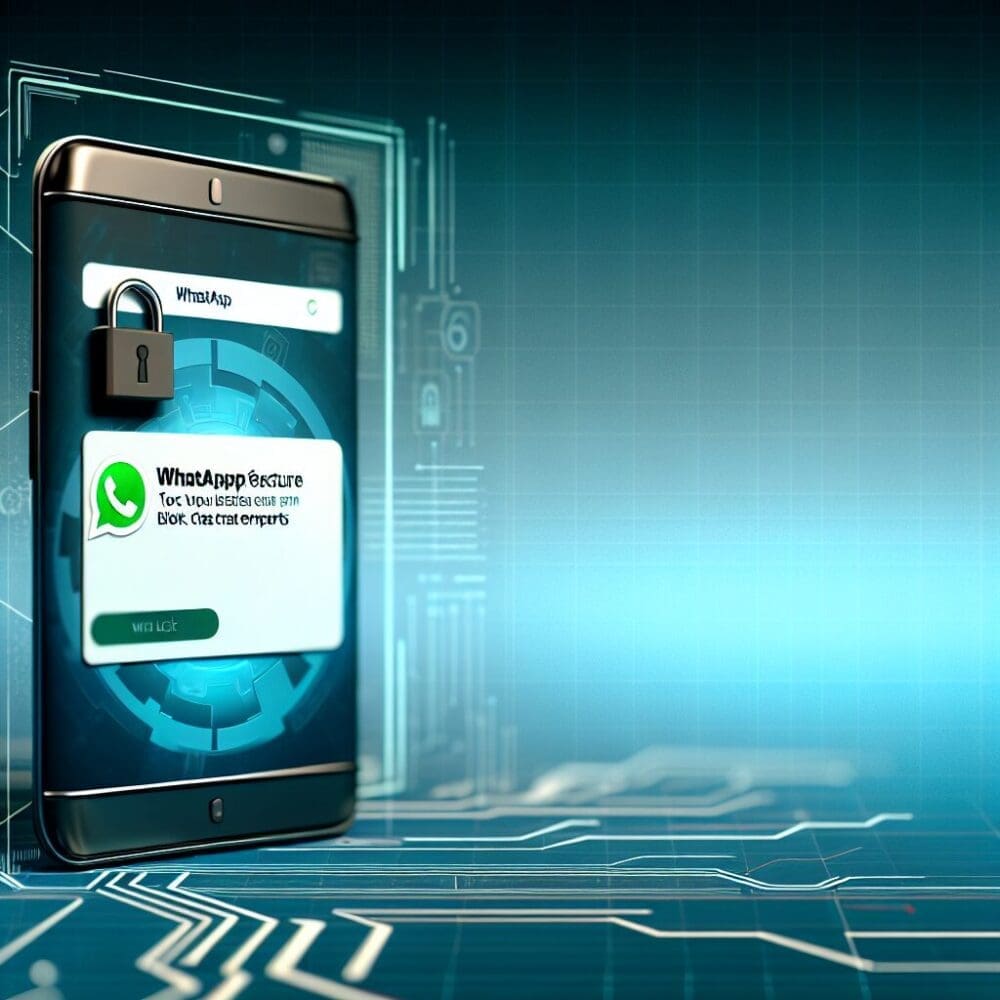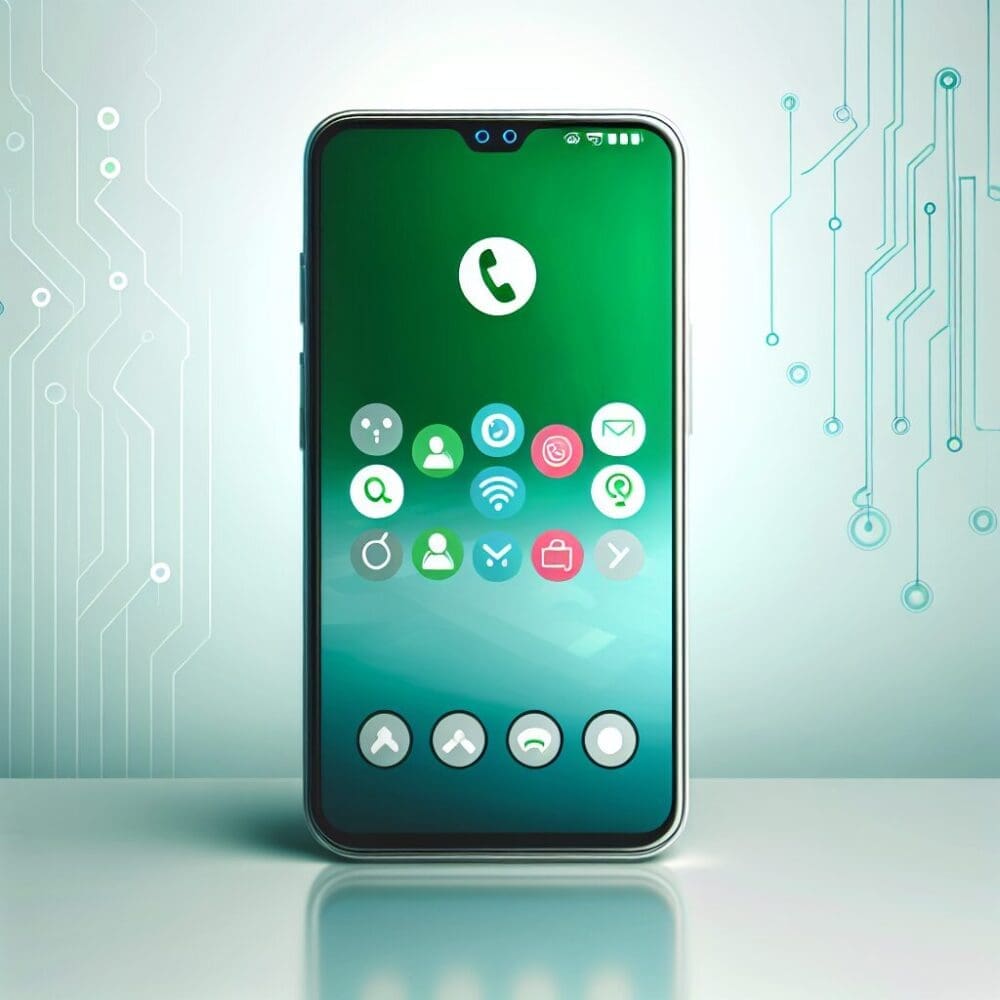“`html
WhatsApp Interoperability: Messaging Across Different Apps Coming Soon
In an era defined by seamless communication and instant connectivity, the walls separating messaging apps are on the brink of being dismantled. This groundbreaking shift is spearheaded by WhatsApp, owned by Meta, which is gearing up to introduce interoperability between different messaging platforms. This landmark move is set to transform the way users interact and communicate across various digital avenues. Let’s delve into the intricacies of this revolutionary change and explore what it means for users worldwide.
Unpacking Interoperability: A New Frontier for Messaging Apps
Interoperability in the realm of messaging apps refers to the ability for one application to communicate with another, breaking down the silos that previously restricted cross-app messaging. Imagine being able to send a message from WhatsApp to Telegram or Signal without any additional setup or applications. This development marks a significant advance in digital communication technology, aiming to provide users with a more integrated and fluid messaging experience.
The Driving Forces Behind Interoperability
There are several factors fueling the push towards messaging interoperability:
- User Demand: With users juggling multiple messaging apps, the demand for simplified, unified communication channels has been increasing.
- Competitive Edge: As tech giants vie for user attention, offering interoperability can serve as a unique selling point.
- Regulatory Pressure: Various regulatory bodies across the globe have been pushing for more open standards, aiming to foster fair competition and user rights.
How Will Interoperability Work?
Meta’s plan for WhatsApp’s interoperability leverages advanced technologies such as APIs (Application Programming Interfaces) and system protocols designed to bridge the gap between different platforms effectively. Here’s a glimpse into how this might unfold:
Technical Framework
- APIs: Interoperability will likely depend heavily on APIs that allow different applications to ‘talk’ to each other.
- Data Conversion: Protocols to convert data formats between apps ensure seamless message delivery.
- Encryption Standards: Maintaining end-to-end encryption standards across platforms to ensure privacy and security.
User Experience
The user experience is expected to remain as straightforward as ever. Here’s what users might notice:
- Unified Contacts List: Users could access and manage contacts seamlessly across different platforms from a single interface.
- Consistent Messaging Interface: The aesthetics and usability of messaging might carry over, preserving familiarity regardless of the app being interacted with.
Implications for Users
The shift towards interoperability brings with it a host of benefits and considerations for everyday users:
Benefits
- Enhanced Convenience: Users no longer need to switch between apps, creating a smoother communication experience.
- Broadens Communication Horizons: Keeping contact with friends who use different apps becomes effortless.
- Reduced App Overload: With unified messaging, the need for maintaining multiple apps reduces.
Potential Concerns
- Privacy and Data Security: Users might question data safety as messages traverse various platforms.
- Implementation Challenges: Effective integration will require overcoming technical hurdles without affecting user experience.
The Bigger Picture: Industry-Wide Impact
The introduction of interoperability will not only influence end users but also reshape the dynamics of the messaging app industry:
- Encouragement of Open Standards: It could set a precedent for other companies to follow suit, fostering more open ecosystems.
- Increased Competition: Smaller apps might rise to the occasion, enhancing their offerings to stay competitive.
- Driving Innovation: Companies may develop more innovative features to differentiate themselves in a more integrated marketplace.
Future of Messaging Technology
This integration heralds a new chapter in messaging technology. Potential developments might include:
- More Integrations: Beyond messaging, integrations could extend to voice and video calls, enhancing overall connectivity.
- AI and Machine Learning: Advanced predictive algorithms may further streamline communications and user interactions.
Preparing for the Revolution: What Users Can Do
As WhatsApp readies to roll out this feature, here’s how users can prepare:
- Stay Informed: Keep abreast of news and updates from WhatsApp and other platforms.
- Update Apps Regularly: Ensure that all your messaging apps are up-to-date to take advantage of new features as they launch.
- Explore Security Settings: Familiarize yourself with privacy settings across different platforms to safeguard your data.
Conclusion: A Brave New Era of Communication
The forthcoming interoperability across WhatsApp and other messaging platforms is much more than just a feature; it’s a visionary leap into a future where technological ecosystems facilitate more inclusive and seamless communication. As we stand on the precipice of this new era, users, developers, and businesses alike must prepare to embrace and adapt to this exciting transformation of digital communication.
“`



